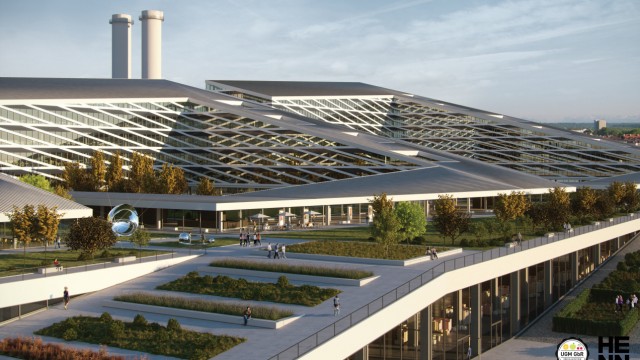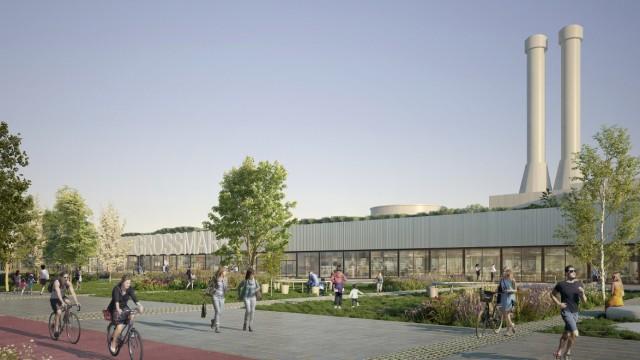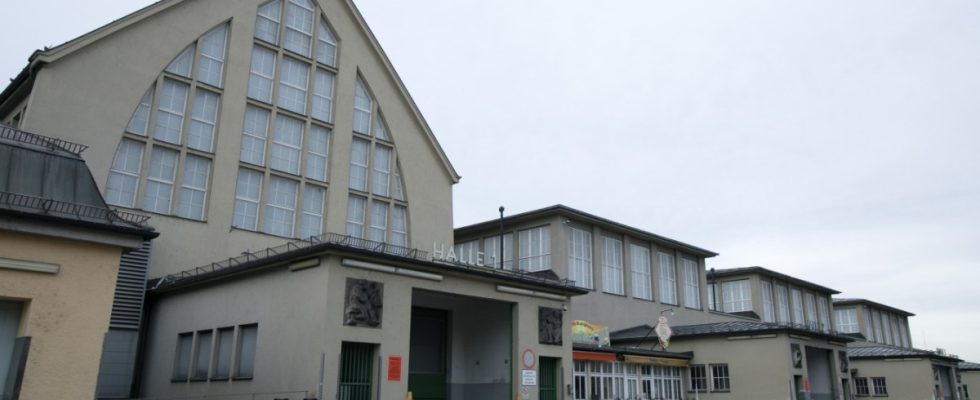1912
The wholesale market hall in Sendling is being built based on a design by Richard Schachner. At that time it was still outside the city gates.
1927
Kontorhaus 1 is built. The building is now a listed building.
1998
The municipal company “Markthallen München” takes over the wholesale market. With the markets in Paris and Barcelona, it is one of the largest trading centers for food and flowers in Europe. What was already clear back then: In order for it to be preserved, extensive renovation was essential.
2009
The city council decides that the wholesale market should remain at the location in Sendling despite the necessary renovation. A feasibility study for the exact location will then be initiated. This goes on for years. This is followed by an architectural competition for a new wholesale market.
2015
The Ackermann office won the architectural competition against 13 competitors with its design and was commissioned by the city council to plan a new wholesale market hall. The costs of the project are estimated at around 120 million euros.
Clear edges with trees in front: the design that won an award in 2015.
(Photo: Ackermann Architects)
2016
The project is becoming too expensive for the city council. He demands: It must not cost more than 100 million euros. In October 2016, the Ackermann architectural firm presented a more detailed cost estimate: it was 130 million euros.
2017
The CSU and SPD city council majority rejects the idea of building a new wholesale market on the municipality’s own initiative and is relying on a solution with a private investor. The Umschlagzentrum Großmarkt München (UGM) company, which is already active on the site, comes into play.
2020
UGM, which has taken over around a third of the 26 hectare wholesale market area from the city under leasehold, is presenting Henn’s office’s ambitious plans to the urban design commission: The company wants to build a gigantic new building for the wholesale market, on which an office complex will be built .

A market with added greenery and expanded offices: This is what the plans looked like in 2020.
(Photo: Henn Architects)
2021
UGM is overwhelmed by the implementation of the plans and is taken over by the Büschl investor group from Grünwald. It suggests combining the new wholesale market building with apartments instead of offices.
2022
The entry of the new owners has legal consequences: the construction of the new wholesale market hall must be put out to tender across Europe. The Büschl Group emerged from the tender as one of the interested parties.
2023
The Büschl Group presents significantly scaled-down plans. Apartments on the site are no longer planned for cost reasons. The urban design commission is presented with plans by the architect Markus Allmann, which envisage a one-story, 430 meter long hall. The wholesale market traders express negative opinions about these. Your argument: too little space.

Flat and large: The new building as planned by the Allmann Wappner architectural firm for the Büschl Group.
(Photo: Allmann Wappner)
2024
New wholesale market plans are announced. The gigantic hall is now to be built on two floors.
2030
The year in which the new wholesale market is scheduled to go into operation.

